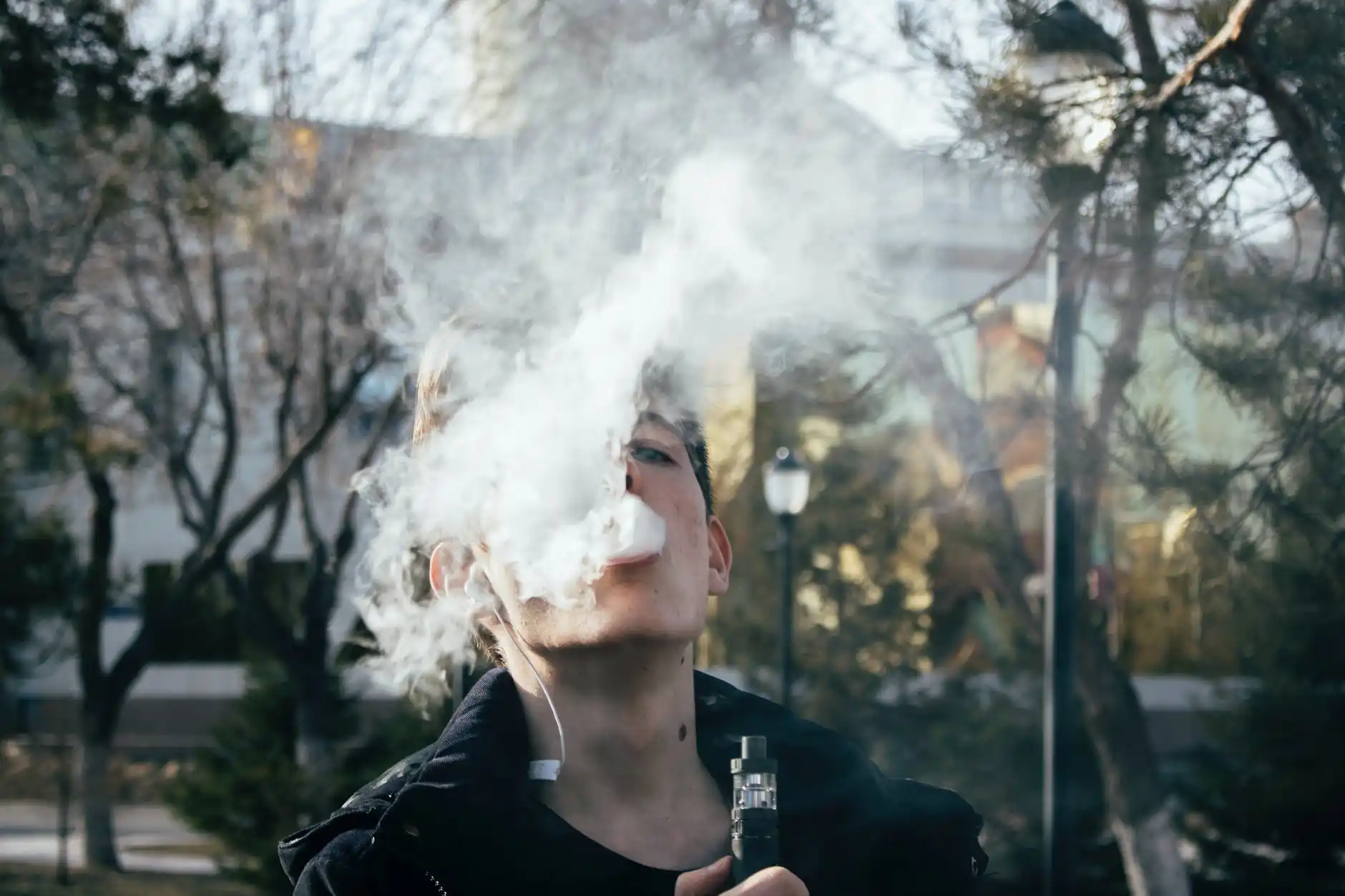Why banning flavoured tobacco is a bad strategy
On November 8, 2022, voters in the state of California will have the opportunity to approve or reject a law that would prohibit the sale of flavored tobacco products throughout the state. Senate Bill 793, a law that was passed in 2020 to prohibit the sale of many flavored tobacco products but has not yet gone into effect, would be overturned by the referendum known as Proposition 31. The products that are not allowed include vaporizers, cigarettes flavored with menthol, and, of particular importance, citrusy and sweet flavorings such as sour apple and gummy bear.
If the ban is repealed, it will be to the benefit of the people of California, as it will have an outsized impact on the market for electronic cigarettes. It encourages users to consume unflavored tobacco products, most commonly cigarettes, which is detrimental rather than beneficial. The reduction of harm caused by tobacco use should be the primary focus of tobacco policy, and vaping is safer than smoking.
On the one hand, the legislators of the state should be commended for their awareness of the costs associated with SB 793. For instance, Doug Shaw, owner of Sanctuary Tobacco in San Luis Obispo, intended to shut down his business because the initial version of the ban included tobacco for use in pipes. To our good fortune, the law was changed to make an exception for pipe tobacco.
Policies regarding tobacco consumption all over the country nearly always go too far. When it comes to vapor products with flavors, the target audience is predominantly young people. As the lawmaker from California who authored SB 793 argued, “The tobacco companies militarized its tactics to beguile a new generation into nicotine dependence by using candy, fruit, and other alluring flavors.”
The worry about kids is a significant concern when it comes to public policy, but it is overly general. The same flavors are enjoyed by adults as well. A cursory examination of the drink menus at any bar will reveal cocktails with flavor profiles that are comparable to one another. Additionally, don’t overlook the fruity alcoholic seltzers and craft beers that can be found on the shelves of grocery stores.
Not only do adults enjoy the fruity flavors of vaping products, but these products are safer than conventional cigarettes, which may be illegal in the state. When tobacco is burned in a paper “tube,” not only does it deliver nicotine, but it also delivers tar and other additives into the lungs of smokers. To the extent that vaping reduces the harm caused by tobacco products, prohibiting flavored tobacco products, the majority of which are used in vaping, will cause more harm than good.
A significant portion of the damage caused by the ban is that it makes it more difficult to give up smoking. According to the findings of recent studies, using e-cigarettes or other forms of vaping may be an effective method for helping people kick their cigarette habit.
Recently, a journalist whose primary focus is on the alcoholic beverage and tobacco industries named Jacob Grier made the observation that England’s “health services help promote vaping as a cessation tool.” Instead of letting SB 793 go into effect, it would be in the best interest of Californians to look to examples like these from other countries.
Vaping’s status as safer does not mean “risk free.” Carcinogens could be inhaled by users of electronic cigarettes. However, the approach that is appropriate from an economic and public health standpoint acknowledges the existence of trade offs while concentrating on the limitation and reduction of harms. According to the findings of a review of research on vaping conducted by an economist at Pepperdine University named James Prieger, who came to the following conclusion: “While there is a significant amount of uncertainty about the long-term effects of vaping, the answer to on whether to use e-cigarettes is better for health than smoking is almost certainly yes.”
Nevertheless, addressing the issue of tobacco use among children should be a priority for public policy. However, once again, there are grounds for concern that bans will result in more negative consequences than positive ones. Teens who vape are also teens who smoke tobacco products. Only two percent of a hypothetical class of one hundred high school students who did not otherwise use tobacco or nicotine products on a daily basis vaped on a regular basis.
Investigations into broad bans on flavors and menthol, like California’s SB 793, are currently underway. However, previous age limits on electronic cigarettes have not been successful in reducing the use of traditional cigarettes. Dr. Michael Pesko of Cornell University conducted research to investigate how age restrictions affect consumers’ propensity to buy electronic cigarettes. He demonstrated that the restrictions did not prevent students from consuming nicotine; rather than using e-cigarettes, they resorted to smoking conventional cigarettes.
SB 793 is also directed at people of color, who disproportionately favor menthol cigarettes (introduced in the 1950s and representing 30 percent of the US market). They encourage more of the smuggling that is currently undermining the revenue that the state receives from the excise tax, and they are likely to lead to more dangerous interactions with police for those who smoke.
Residents of California should concentrate on the inevitable process of nicotine source substitution. Some people will feel compelled to return to the more hazardous practice of smoking cigarettes if flavored e-liquids for vaping are prohibited. It is important for regulations governing public health to take into account the relative dangers posed by various forms of consumption; even fruit-flavored tobacco products are safer than regular cigarettes.

